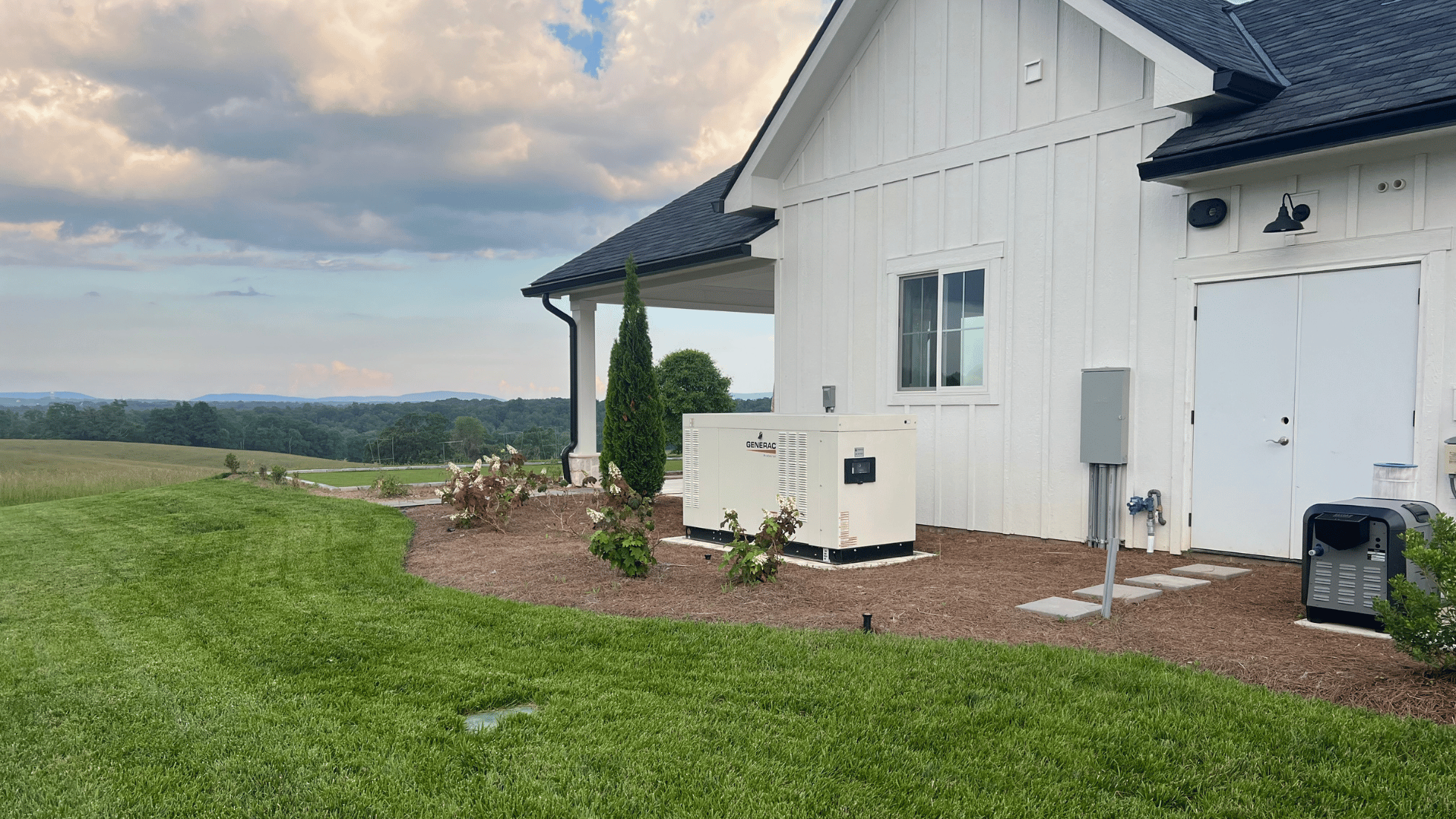Where are generators typically mounted?
The very first thing is to mount the generator outside your home. National Fire Protection Association code requires that the generator is at least 1.5 feet away from the house or any other structures. However, if the generator is located near an exterior wall with any doors, windows or vents, it needs to be a minimum of five feet away from the wall.
Most local regulations also state that the generator cannot be within five feet of your front, side or rear property lines. In addition, the generator cannot be mounted within three feet of any trees, shrubs or other vegetation. Lastly, the generator needs to be mounted so that the exhaust is pointing away from the house.
While these distances are the minimum allowed by code, many manufacturers and installers recommend installing the unit further away. You should always go with whatever the manufacturer’s recommendation is or else you could void the generator’s warranty.
Some local codes also require that the generator be mounted up to 20 feet away from the building. In this case, the generator will also need to be located in an area that is also at least 20 feet away from your neighbor’s house. These regulations can be different across counties, cities, and even homeowner associations.
After selecting the appropriate location, a concrete pad will need to be poured for the generator to sit on. The size and weight of the generator will determine how large and thick the concrete slab needs to be. The weight of the concrete needs to be at least 125% of the combined weight of the generator and fuel, i.e. a 10,000-pound generator needs a minimum of 12,500 pounds of concrete. Concrete weighs 150 pounds per cubic foot, and this number is used to calculate how large the pad needs to be.






